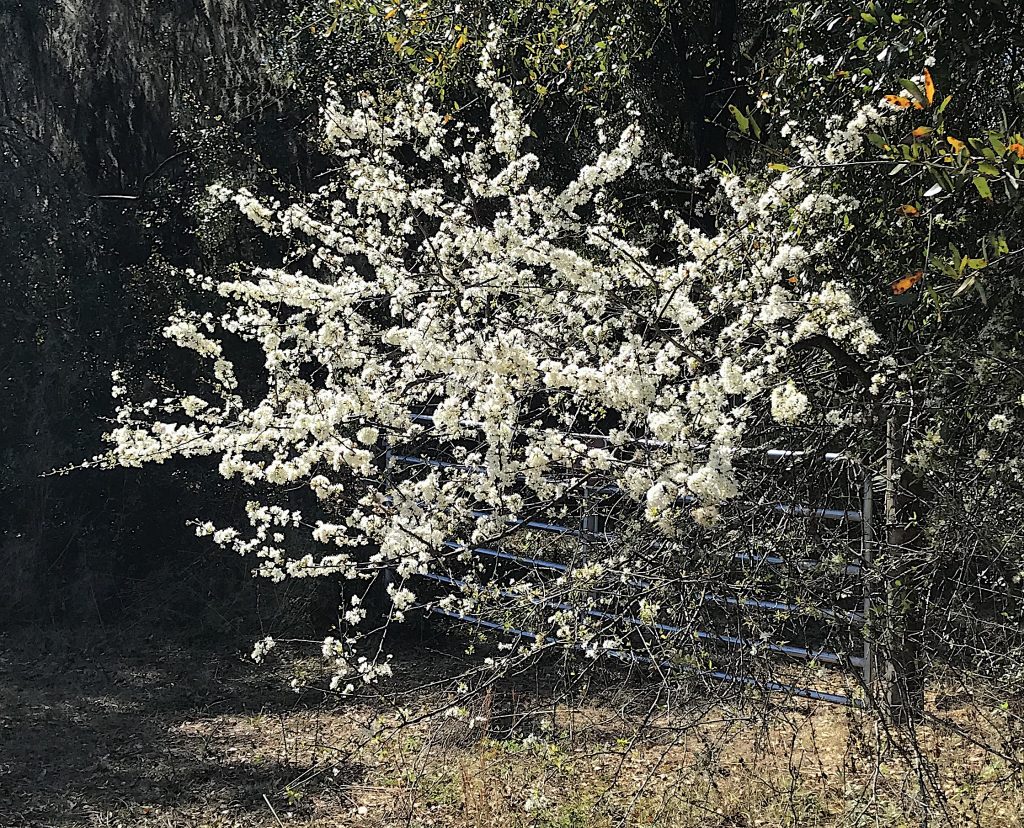
Wild Plums are fairly easy to locate this time of year. Photo by Green Deane
What are those white blossoms? This time of year it might be three different species and two are related.
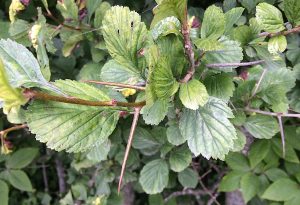
Hawthorns are also in the Rose Family. Photo by Green Deane
Like the photo above the most showy now are wild plums. They’re easy to spot this time of year: Just look for small trees with white blossom and no (or few) leaves. Your two choices are Chickasaw Plum (many canoe-shaped leaves which with a 10-powered lens have teeth with bozo-noses) Flatwood Plum (with flat leaves.) (The American Plum is a possibility but I never see this far south.) The blossoms of the plums have five petals and will remind you of an apple or blackberry blossom (which are also in the greater Rose Family.) Speaking of said Hawthorns — directly above — are blossoming now, too, white with few leaves but they are far less extroverted than plums. I don’t see them in the wild south of Ocala. I’ve seen them planted in the Orlando area but they tend to die after a couple of hot summers. Their leaves are more goosefoot or spatula-shape, the blossom resemble the plum blossoms and woody parts are usually well-armed with thorns. If you have a difficult time deciding which species of Hawthorn you have don’t let it bother you. Botanists can’t tell them apart ether. You can read about them here.
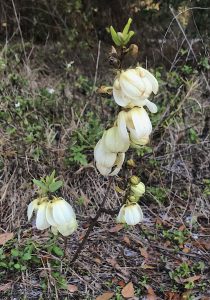
Pawpaws are related to Magnolias. Photo by Green Deane
Another white-blossomed species I look for but not until April or so are Pawpaws. Here in Central Florida the best place to find them is in pastures. They have blossoms similar to Magnolias. Botanists say Magnolias are related to Pawpaw but that the Pawpaws are an older species. While not rare Pawpaws are scarcer here than …say… in the Carolinas. There you bump into them at every turn and they are medium-sized trees. Here they’re often spindly shrubs and there are dwarf varieties as well. They can have white or maroon/purple blossoms. Pawpaws are pollenated by a carrion fly which should give you some indication of how the blossoms smell. The one on the left was seen in mid-February in Largo Florida, definitely earlier than usual. If you find some fruit you have to be careful the first time you eat one. It’s quite rare but some people can have a life-threatening allergic reaction to them.

Foraging classes are held rain or shine, heat or cold. Photo by Nermina Krenata
The weather is moderating. I have one foraging class this weekend and it’s in Palm Harbor east of Tarpon Springs. Note the foraging class schedule is through the end of March.
Sunday, February 23rd, John Chestnut County Park: 2200 East Lake Road, Palm Harbor, FL 34685. Meet at the trail head of the Peggy Park Nature Walk, inside Chestnut Park. 9 a.m. to noon.
Saturday, March 7th, Blanchard Park, 10501 Jay Blanchard Trail, Orlando, FL 32817. 9 a.m. to noon. Meet at the pavilion near the YMCA building and tennis courts.
Sunday, March 8th, George LeStrange Preserve, 4911 Ralls Road, Fort Pierce, FL, 34981. 9 a.m. to noon. (There are no official bathrooms at this location.)
Saturday, March 14th, Florida State College, south campus, 11901 Beach Blvd., Jacksonville, 32246. We meet at Building “A” next to the administration parking lot. 9 a.m. to noon.
Sunday, March 15th, Red Bug Slough Preserve, 5200 Beneva Road, Sarasota, FL, 34233. 9 a.m. to noon.
Saturday, March 21th, Ft. Meade Outdoor Recreation Area, 1639 Frostproof Highway, Fort Meade, FL 33841. (Frostproof Highway is also Route 98.) 9 a.m to noon. Meet at the second set of bathrooms (in the middle of the park) which is due south from the highway. (Don’t confuse this location with Mead Gardens which is in Winter Park near Orlando.)
Sunday, March 22nd, Wickham Park, 2500 Parkway Drive, Melbourne, FL 32935-2335. Meet at the “dog park” inside the park. 9 a.m. to noon.
Saturday, March 28th, Haulover Canal, Merritt Island National Refuge, north of the Kennedy Space Center. We meet the the northwest end of the canal area. 9 a.m. to noon.
Sunday, March 29th, Spruce Creek Park, 6250 Ridgewood Ave. Port Orange FL, meet at the pavilion. 9 a.m. to noon.
For more information, to sign up for a class, or to pre-pay go here.
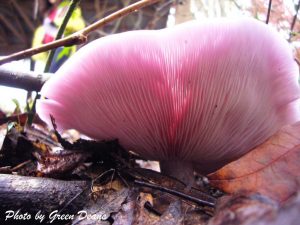
The Blewit’s violet color quickly fades. Photo by Green Deane
It is also time to be on the look out for a “choice” wild mushroom, the Blewit, or Lepista nuda. At first glance it can look like the violet plastic top of some discarded can. The tasty fungus likes cooler weather and is also terrestrial. Usually this time of year most ground-growing mushrooms are not edible. Wintertime here is when you often find edibles mushrooms on wood. The regular mushroom season does’t start until after warm days and spring rains, usually sometime in late April or early May. Long-range weather forecasts say Florida will be warmer than usual this spring and stormier which means wetter. So perhaps mushroom season will start sooner than usual.
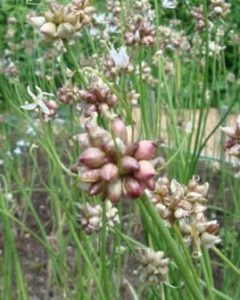
Wild Garlic will be cloving soon. Photo by Green Deane
Both foraging classes this past week found Wild Garlic. It’s a native that’s about six inches high now but will be blossoming in a few weeks then setting cloves. What makes this Allium curious is that it puts an onion bulb on the bottom end and garlic cloves on the top end. This particular species is very pungent. It’s great for cooking or as a trail side nibble as long as you don’t mind strong garlic breath. Before it blossoms the entire plant can be used to make a very nice soup. Oddly there’s no record of southeastern natives using the plant and only three tribes had names for it. I call it good.
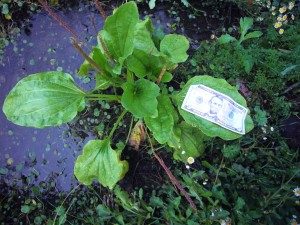
Plantago rugulii is a large local plantago. Photo by Green Deane
Plantago Power: It was a dark and rainy … morning… and I was searching through the gloom along the road for a wild mustard/radish for my foraging class some years ago. It was cold. It was rainy. It was gray. Something caught my eye so I pulled Van Go over and headed towards a watery ditch. The plant I thought it might be — a mustard — it most certainly was not. It was a Plantago, the largest one I have ever seen. That was worth a picture and posting on the Green Deane Forum. While it resembled Plantago major it was in fact Plantago Rugelii. One difference is the P. rugelii has pink/purple at the base of the petiole (stem) P. major is white. Unlike P. major, which is from Europe, P. rugelii is native to North America. It is odd that we don’t hear more about it.

Green Deane Forum
Want to identify a plant? Perhaps you’re looking for a foraging reference? You might have a UFO, an Unidentified Flowering Object, you want identified. On the Green Deane Forum we — including Green Deane and others from around the world — chat about foraging all year. And it’s not just about warm-weather plants or just North American flora. Many nations share common weeds so there’s a lot to talk. There’s also more than weeds. The reference section has information for foraging around the world. There are also articles on food preservation, forgotten skills from making bows to fermenting food. Several hard-to-find books are there page for page. Recent posts this week include Nettle Spanakopita, Pawpaws Starting Early? What are those White Blossoms, Brazilian Pepper Revisited, COVID 19, Palmer Amaranth, In The Loop, Tomatoes: A Fruit First, a Vegetable Second, and Butterweed: Annual Warning. You can join the Forum by going to the upper right hand top of this page.
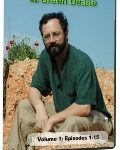
Foraging DVDs make a good gift to watch during winter.
Though your foraging may drop off during the winter it’s a great time to study wild edibles with my nine DVD set. Each DVDs has 15 videos for 135 in all. They make a great gift. Order today. Some of these videos are of better quality than my free ones on the Internet. They are the same videos but many people like to have their own copy. I burn and compile the sets myself so if you have any issues I handle them personally. There are no middle foragers. And I’m working on adding a tenth DVD. To learn more about the DVDs or to order them click here.
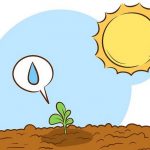 Donations to upgrade EatTheWeeds.com have gone well. Thank you to all who have contributed to either via the Go Fund Me link, the PayPal donation link or by writing to Green Deane POB 941793 Maitland FL, 32794. There are many needs left such as expanding the foraging teacher page and the page on monotypic edibles. There’s always something and such things get more complex and expensive every year.
Donations to upgrade EatTheWeeds.com have gone well. Thank you to all who have contributed to either via the Go Fund Me link, the PayPal donation link or by writing to Green Deane POB 941793 Maitland FL, 32794. There are many needs left such as expanding the foraging teacher page and the page on monotypic edibles. There’s always something and such things get more complex and expensive every year.
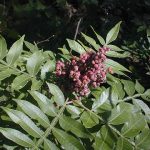
Winged Sumac
Botany Builder #38: Terminal. No, botanically it does not mean dead. Technically it means at the end of an axis. I just think of it as the end of a branch. A good example throughout North America are the edible Sumacs. They have terminal clusters of flowers which later turn to berries. “Terminal” is from the Dead Latin Terminus, meaning the end. It is from a Roman god of the same name that protected boundaries (usually as a bust on a post.) Historical note: The city of Atlanta used to be called Terminus because that was where the railroad stopped.
This is weekly newsletter 393, If you want to subscribe to this free newsletter you can find the sign-up form in the menu at the top of the page.
To donate to the Green Deane Newsletter click here.


Excellent newsletter! Im obsessed with locating plum trees right now so I can revisit them when in fruit! (And perhaps take cuttings and seed). Thanks Deane!